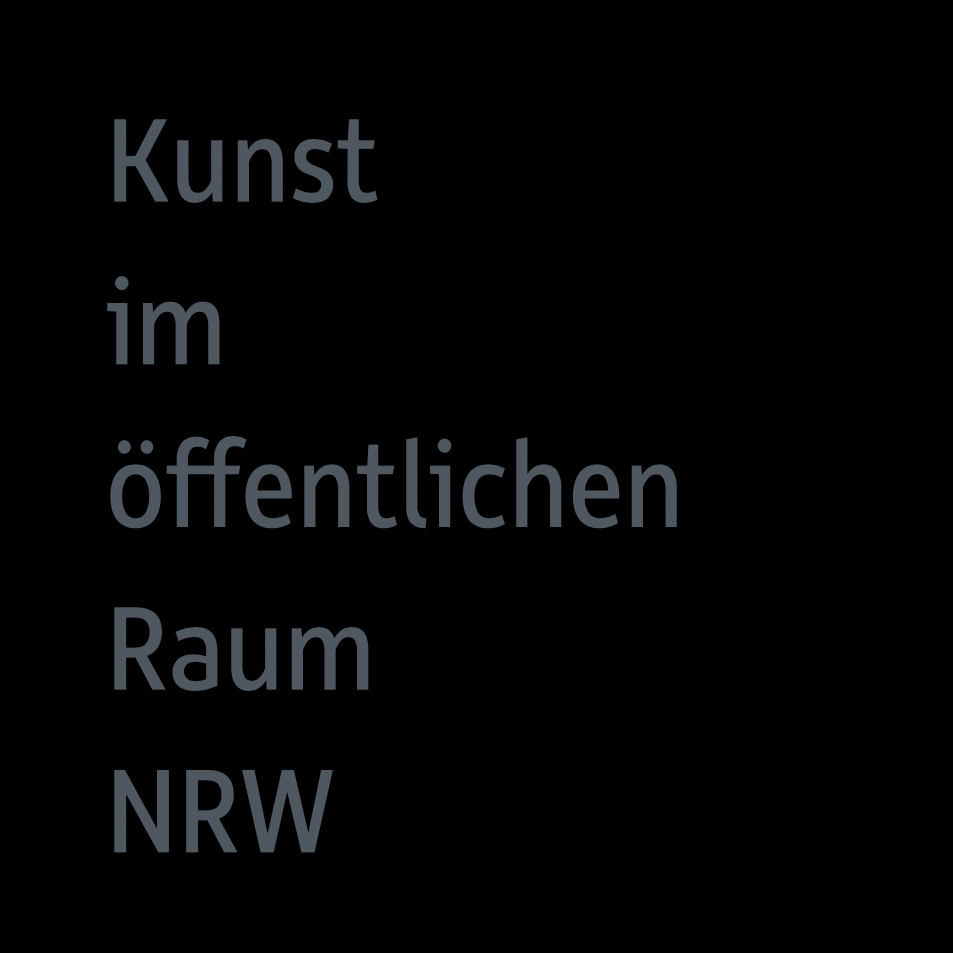Dramatische Gelegenheit VIII / Dramatic Opportunity VIII
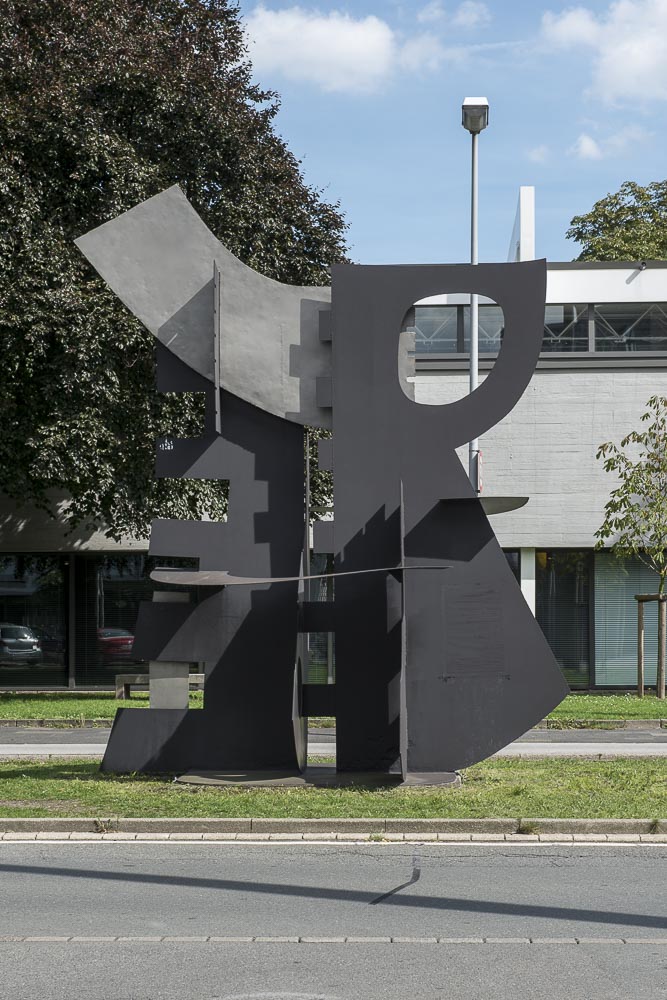
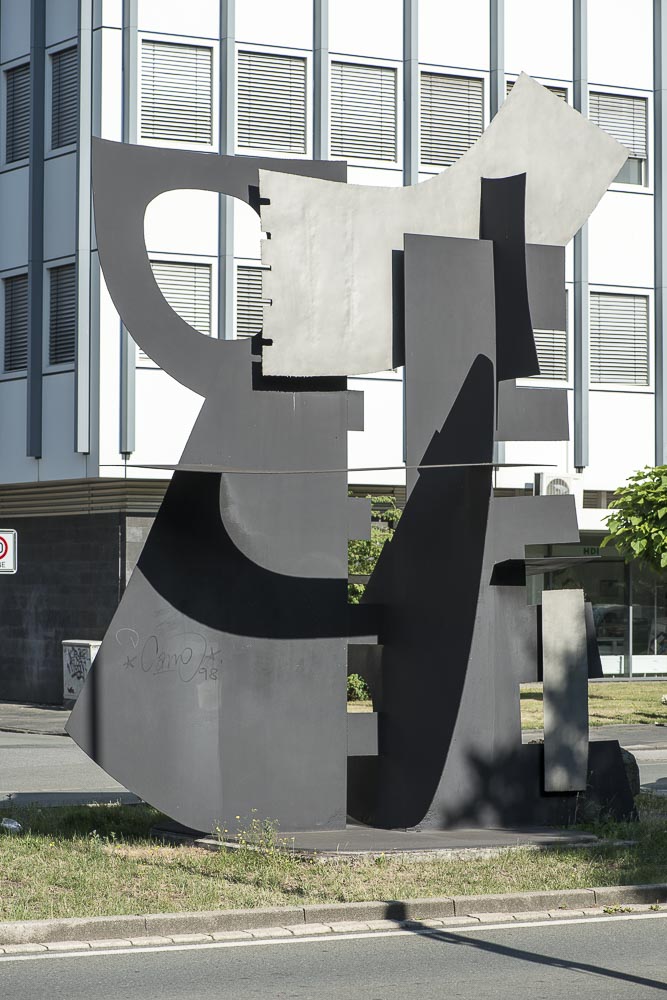
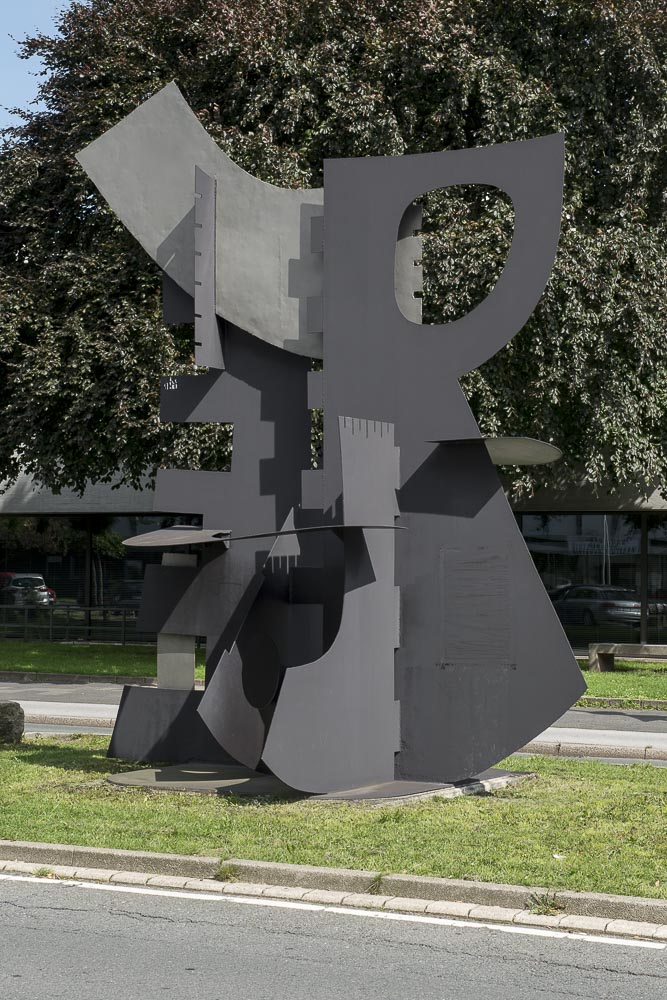
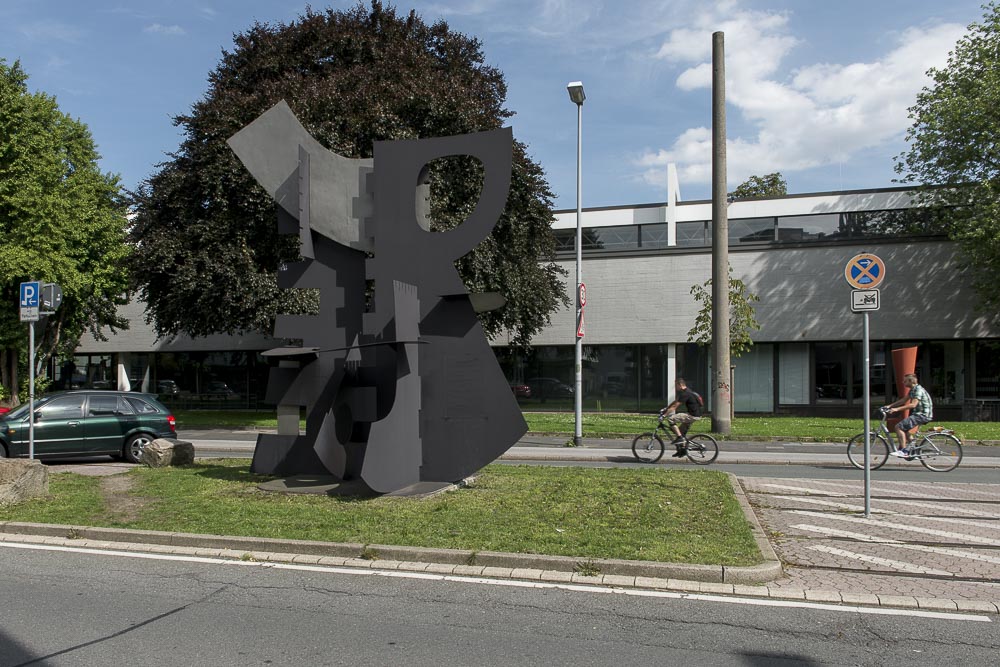
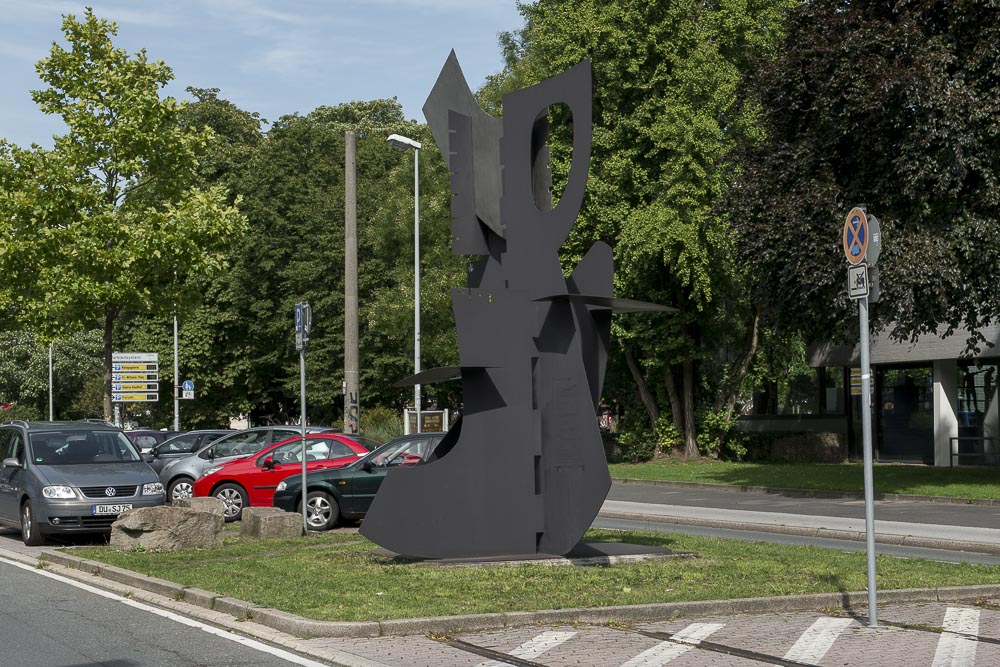
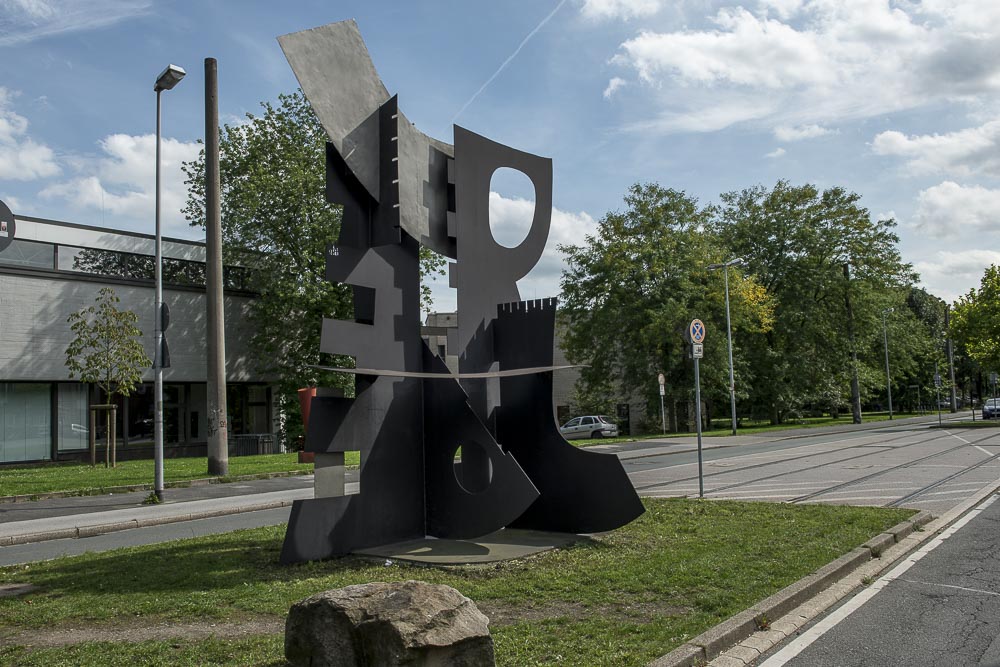
In 1963, the city of Duisburg held a competition to create new works of art for the centrally located König Heinrich-Platz. The jury decided on Friederich Werthmann’s Hommaga a Mercator and Berto Lardera’s Dramatic Opportunity VIII. The sculpture was intended to “spatially bring together and enhance the square,” while functioning as “a symbol of the city” (Günther Aust, 1963). The artist himself saw it in contrast to its environment: “Compared to the functional value of the surrounding architecture, it will represent a poetic event.” Lardera’s work is made up of silhouetted flat elements with openings and toothed edges. Intertwined and welded together, they form a complex three-dimensional composition. The gaps and openings are equally as important as the physical materials. From every vantage point, metallic and black painted surfaces intersect and produce different lively formations.
When König Heinrich Platz was being redesigned, the sculpture found a new home on Düsseldorfer Straße, directly across from the Wilhelm Lehmbruck Museum.
Further reading:
StadtKunstFührer: Skulpturen im Duisburger Stadtraum, Ed. by the Stiftung Wilhelm Lehmbruck Museum, Duisburg 2012, pp. 42/43.
Berto Ladera
← Zur Startseite
Lehmbruck-Museum, Düsseldorfer Str. 51, 47051 Duisburg
